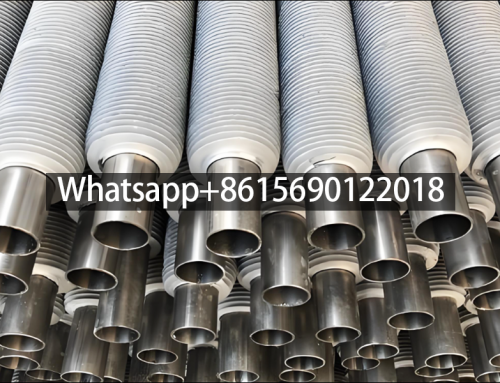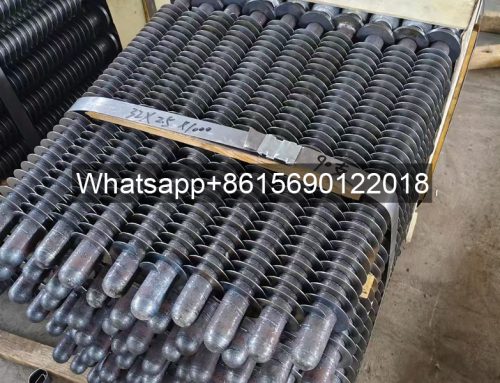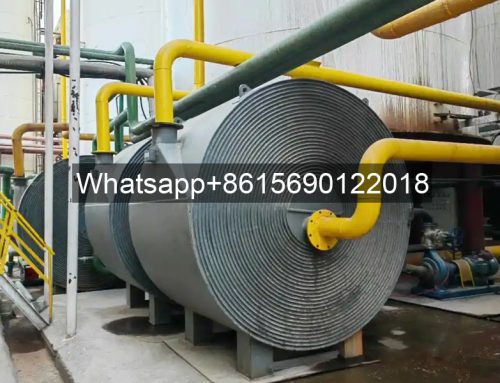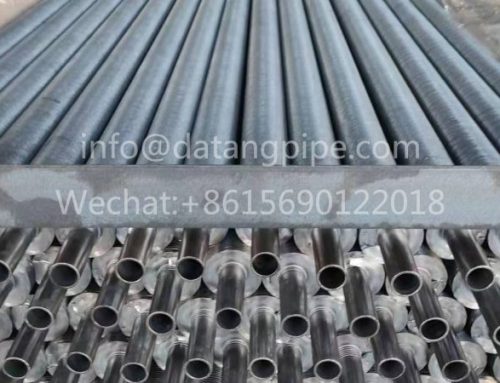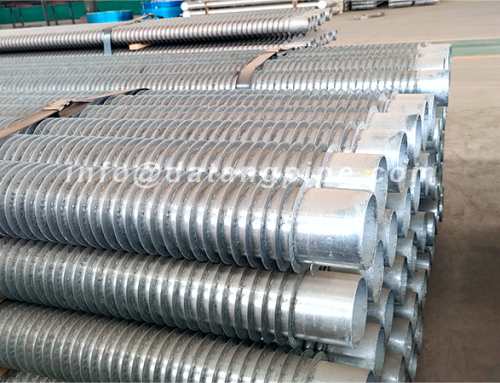Reasons for High Air Preheater Exhaust Temperature
Reasons for High Air Preheater Exhaust Temperature
Because the exhaust temperature of air preheaters in power plant boilers is generally high, this high exhaust temperature reduces boiler efficiency, resulting in insufficient drying output in the pulverizing system, making long-term operation very uneconomical. This is a common problem in the preheater industry. A survey of power plants revealed the main causes of high preheater exhaust temperature:
1) Serious design flaws, such as inadequate analysis of actual boiler design parameters, negligence in preheater selection calculations, and incorrect selection of heat transfer element plate type and preheater model, lead to inherent deficiencies in the preheater. This is the main cause of insufficient preheater heat exchange capacity.
2) Poor manufacturing quality. The heat transfer elements within the preheater have strict dimensional requirements. Even slight geometric differences can lead to significant differences in the preheater’s heat transfer capacity. Therefore, variations in heat transfer element thickness and internal dimensions during manufacturing can significantly impact the preheater’s heat transfer capacity. This is also the primary cause of insufficient preheater heat transfer capacity.
3) Excessive air leakage in the pulverizing system. Excessive air leakage in the pulverizing system reduces the amount of organized air entering the preheater, resulting in high preheater exhaust gas temperatures.
4) Increased bottom air leakage: The principle is similar to that of the pulverizing system, reducing the amount of organized air passing through the preheater.
5) Other causes
Solution: After analyzing the specific cause, perform a cost-effective modification. If the preheater is inherently deficient, it should be replaced. Therefore, paying attention to preheater design is essential to ensuring its performance.
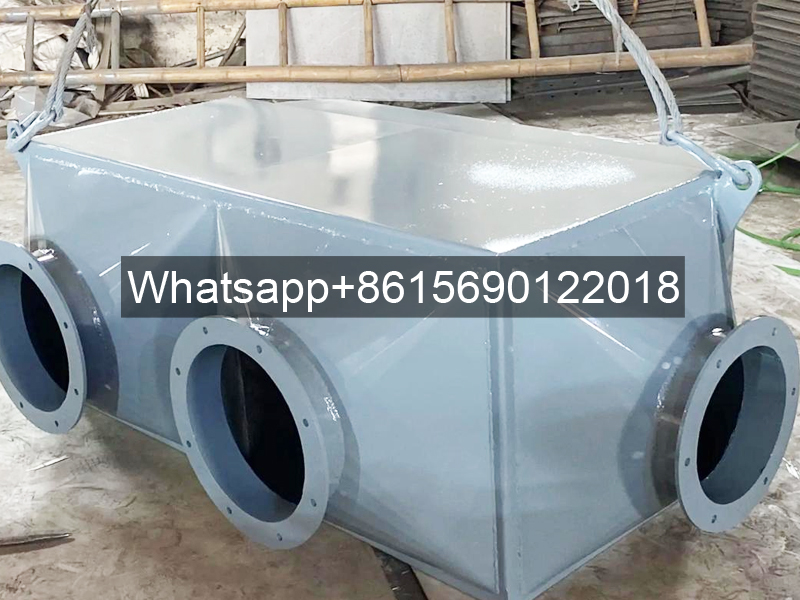
Steam Air Preheater-Air Preheater in Thermal Power Plant-Air Preheater Manufacturer
Common Air Preheater Issues
The air preheater is a device used to transfer heat energy from exhaust gases in the boiler system. Air preheaters can improve the heat exchange performance of boiler systems and are therefore widely used in these systems. Air preheaters can experience several faults and problems during operation. The following are some common ones.
1. Air Preheater Vibration
Air preheaters are prone to vibration during operation. This problem primarily stems from the design of the air preheater. Air preheater design should consider vibration during operation. To prevent vibration, consider selecting the appropriate air flow velocity or installing anti-vibration baffles along the air flow direction.
2. Air Preheater Ash Blockage
Another common problem with air preheaters is ash blockage. During operation, the air preheater comes into contact with the boiler’s exhaust gas and the particulate dust it carries. Over time, dust accumulation can cause ash blockage. Furthermore, the air preheater can corrode when exposed to sulfur dioxide gas carried in the boiler’s exhaust gas, and the resulting corrosion can also cause ash blockage in the air preheater.
To prevent ash blockage in air preheaters, install a heater at the air inlet or recirculate hot air, and employ low-oxygen combustion and additives to reduce sulfur dioxide formation in the flue gas. Regular soot blowing also plays a significant role in keeping the air preheater clean.
3. Other Air Preheater Issues
Other common air preheater issues include noise and air leakage. Anti-vibration baffles installed to address vibration issues in air preheaters also significantly reduce or eliminate noise. Regarding air leakage, improving the air preheater’s sealing requires multiple aspects, including design and operation.
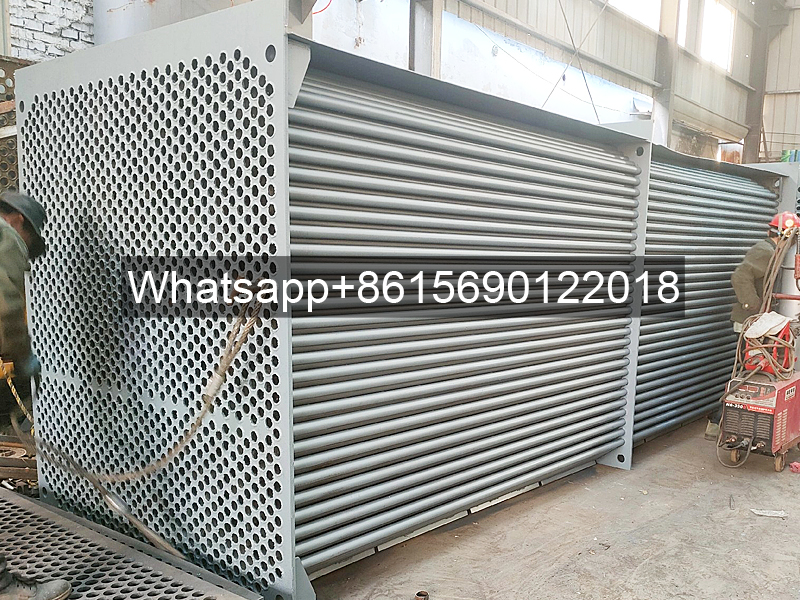
Air Preheater in Thermal Power Plant Air Heater in Power Plant
Air Preheater Leakage Control
1. Cause Analysis of Air Leakage
1) The rotation of the rotor inevitably draws air from the cell into the flue gas, causing carryover.
2) Due to the rotation of the rotor, a gap inevitably exists between the moving and stationary elements. The flue gas side experiences negative pressure, while the air side experiences positive pressure. Consequently, the pressure differential causes air to leak toward the negative flue gas side, resulting in direct air leakage.
① The air preheater leakage control system (LCS) was not functioning properly. During operation, the hot-end sector seal baffles failed to automatically track the mushroom-shaped deformation of the rotor to reduce the air leakage gap. Furthermore, the leakage of ash-laden air toward the flue gas side caused severe wear on the sector seal baffles, further increasing the air leakage gap. The amount of air leakage is proportional to the area of the leakage zone, leading to a dramatic increase in air preheater air leakage.
② Due to the boiler’s use of Guangwang lean coal, which has a low calorific value and high ash content, and low-temperature corrosion of the air preheater heat exchanger components, particularly those in the low-temperature section, the air preheater heat exchanger components experienced severe ash accumulation and blockage. This blockage increased flow resistance, increasing the pressure differential between the air and flue gas sides. Since the amount of air leakage is proportional to the square root of the pressure differential, ash blockage exacerbated air leakage.
2. Leakage Control Measures
1) Exploring Leakage Control Measures. The air preheater is equipped with a leakage control system (LCS). Because the sector seal baffles are adjustable, sliding vane seals are installed between the air preheater casing and the adjustable sector seal baffles. After long-term operation, these seals wear out, creating gaps that allow air and dust to pass behind the sector seal baffles. This not only increases air leakage in the air preheater, but also restricts the movement of the sector seal baffles as dust accumulates. Therefore, the operating environment determines the reliability of the air preheater leakage control system (LCS). In other words, investing a large amount of manpower and material resources to restore the leakage control system (LCS) is not worth the cost.
In contrast, the Ljunger air preheater VN design technology eliminates the leakage control system (LCS) and welds new strips between the sector seal baffles, axial seal baffles, and casing. This secures the sector seal baffles and axial seal baffles in place, creating a complete welded structure and eliminating the possibility of secondary air leakage.
Before fixing, the fixed positions of the sector seal baffles and axial seal baffles should be pre-calculated to ensure they can accommodate rotor thermal deformation under all load conditions.
A “double-pass seal” is used to enhance the radial and axial sealing effectiveness of the existing air preheater. This is achieved by doubling the number of seal blades passing over the radial and axial seal plates.
An intermediate pressure exists between the flue gas and air flow pressures, reducing the pressure differential between the two flows by half. This labyrinthine “double-pass seal” can also be understood as increasing the flow resistance toward the flue gas flow (or leakage), effectively reducing air leakage.
After repeated research and comparison, it was decided to retrofit the Ljungberg air preheater sealing system using VN design technology to control air leakage.
2) Taking advantage of the fact that the air preheater heat exchange components have reached the end of their service life and should be completely replaced, a retrofit design was conducted based on the MCR operating conditions of the boiler burning Guangwang coal and blended with 4000 Nm/h natural gas.
3) Verify the thrust bearing’s load capacity.
The thrust bearing at the bottom of the air preheater is a 45BV tilting pad bearing with a load capacity of 263,083 kg (263 t). The air preheater rotor weighed 190 t before the renovation and 200 t after the renovation, significantly lower than the thrust bearing’s maximum designed support weight. Therefore, the bearing’s performance will not be affected.
3. Economic Analysis of Air Leakage Control
Since the fuel and other conditions used in the boilers before and after the renovation cannot be exactly the same, the following is a rough comparison of the units under full-load conditions before and after the air preheater renovation.
1) Comparison of Key Performance Parameters Under Full-Load Conditions Before and After the Air Preheater Renovation.
2) The air preheater heat exchanger components had reached the end of their service life, and the spare parts in the storage were exhausted. Therefore, the air preheater renovation, while simultaneously renovating the sealing device and replacing the heat exchanger components, achieved two goals at once.
3) Reduced air leakage ensures sufficient oxygen for boiler combustion, reducing heat losses from incomplete combustion and flue gas exhaust. This reduced flue gas temperature by 19°C, boosting boiler efficiency by approximately 1%, and saving 7,200 tons of standard coal annually. Furthermore, the hot air temperature increased by 30°C, effectively ensuring the ignition and stable combustion of Guangwang’s lean coal.
4) Reduced air leakage reduces air and flue gas flow rates, lowering power consumption of the forced draft and induced draft fans by 300 kW·h, saving approximately 1.8 million kW·h of plant electricity annually. This also prevents insufficient fan output from impacting overall unit output.
5) Reduced air leakage reduces flue gas flow and velocity at the air preheater outlet, thereby increasing the efficiency of the electrostatic precipitator. Furthermore, it reduces wear on all equipment downstream of the air preheater, significantly reducing repair and maintenance requirements.
6) For the air preheater itself, air leakage is reduced, the flow rate from the air side to the flue gas side is reduced, and the flow velocity is lowered, extending the life of various wear parts and reducing repair and maintenance workload.
7) The Leakage Control System (LCS) has been eliminated, completely eliminating maintenance tasks such as radial vane seals, axial positive vane seals, and position adjustment of various sealing baffles. This simplifies maintenance work and reduces the workload of the air preheater.


